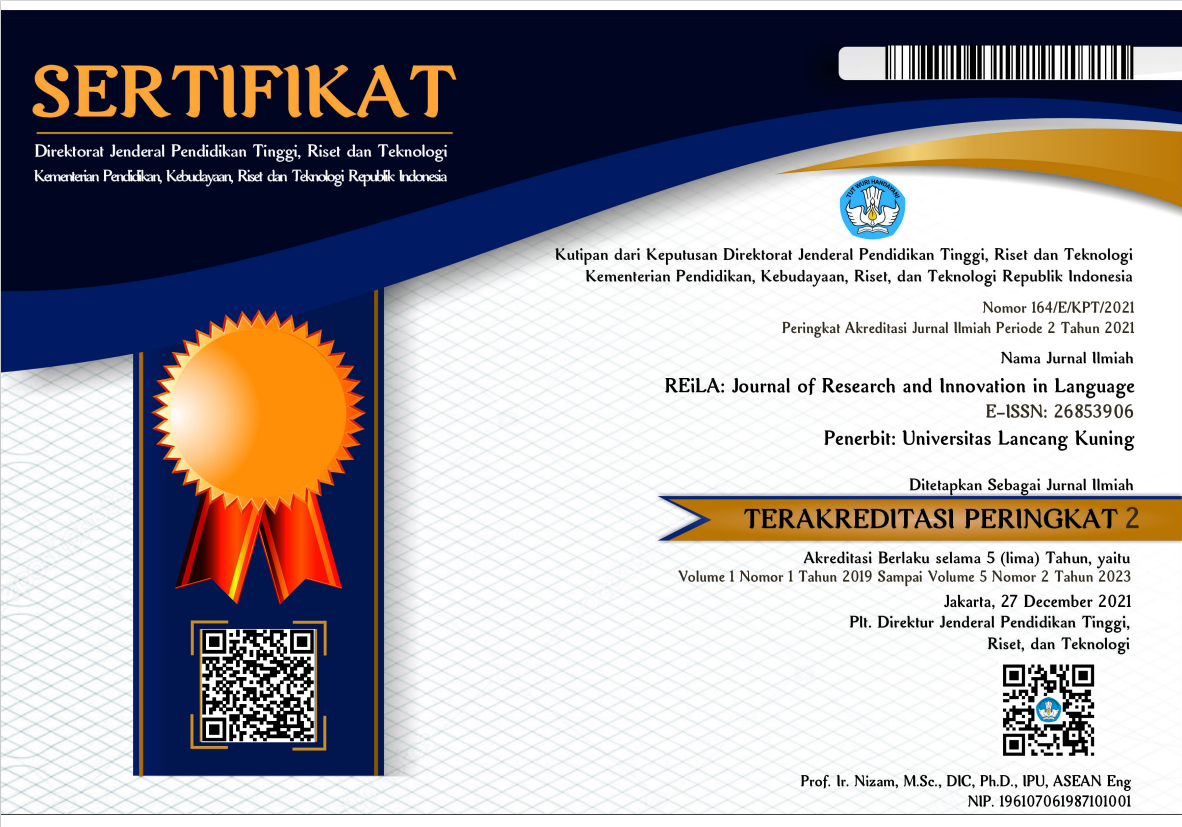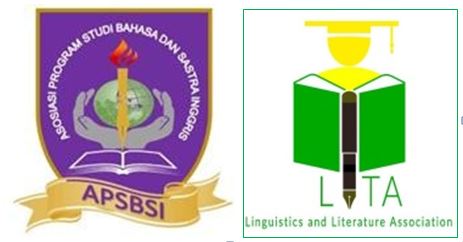Vocabulary Size of University of Aden English Language Students
Abstract
This research paper tried to evaluate the department of English students' vocabulary size by using Nation Vocabulary size tests (VST). The study used a sample of the third level students at the department of English-Faculty of Education-Aden at the University of Aden in three categories according to their academic achievement in the class (High =80-100, Medium= 70-79.99 and Low =less than 69.99). To measure the vocabulary size, the researcher used on Nation and Beglar (2007) (14000) vocabulary size test. Based on the analysis of students correct answers in the VST, the study found that students' vocabulary size ranges between 1000-8000 words with variant percentages. It was found that (80%) of third level students vocabulary size (high 08-100 and medium 70-79.99) is in the range (1000-3000), (76%) of third level students vocabulary size (high 08-100) is in the range (1000-5000) and (51%) are in the range (1000-8000). The study found that (59%) of third level students (medium 70-79.99) are in the range (1000-5000) and (40%) of them are in the range (1000-8000). The third level students (low, less than 69.99) recorded the lowest size by (50%) in the range (1000-3000), (41%) in the range (1000-5000) and only (21%) are in the range (1000-8000). Considering the total word size of the three categories together, the study found that (70%) are in the range (1000-3000), (59%) range in the range (1000-5000) and (37%) are in the range (1000-8000).
Downloads
References
Alfatle, A. B. M. (2016). Investigating the growth of vocabulary size and depth of word knowledge in Iraqi foreign language learners of English. [Thesis, Missouri State University]. http://bearworks.missouristate.edu/thesis/2230.
Anderson, C. R., & Freebody, P. (1981). Vocabulary knowledge. In J. T. Guthrie (Ed.), Comprehension and teaching: Research reviews (pp. 77-117). Newark, DE: International Reading Association.
Barclay, S., & Schmitt, N. (2019). Current perspectives on vocabulary teaching and learning. Second Handbook of English Language Teaching, 799-819.
Beglar, D. (2010). A Rasch-based validation of the Vocabulary Size Test. Language Testing, 27(1), 101-118.
Biemiller, Andrew & Catherine Boote (2006). A practical method for building vocabulary in primary grades. Journal of Educational Psychology, 98(1), 44-62.
Bornstein, M. H., & Haynes, O. M. (1998). Vocabulary competence in early childhood: Measurement, latent construct, and predictive validity. Child development, 69(3), 654-671.
Elmasry, H. I. (2012). Depth and Breadth of Vocabulary Knowledge: Assessing their Roles in Reading Comprehension of High-School EFL Learners in the UAE (Doctoral dissertation, The British University in Dubai (BUiD)).
Eyckmans, J. (2004). Measuring receptive vocabulary size: Reliability and validity of the yes/no vocabulary. The Netherlands: LOT.
Frederiksen, J.R. (1982). A componential theory of reading skills and their interactions. Bolt Beranek and Newman INC Cambridge Ma.
Grabe, W. (1991). Current developments in second language reading research. TESOL Quarterly, 25(3), 375-406.
Gyllstad, H. (2012). Validating the Vocabulary Size Test. A classical test theory approach. Poster presented at The Ninth Annual Conference of EALTA, Innsbruck, Austria, 31 May – 3 June. http://www.ealta.eu.org/conference/2012/posters/Gyllstad.pdf.
Gyllstad, H., Vilkaite, L. & Schmitt, N. (2015). Assessing vocabulary size through multiple-choice formats: Issues with guessing and sampling rates. ITL International Journal of Applied Linguistics, 166, 276–303.
Hazenberg, S., & Hulstun, J. H. (1996). Defining a minimal receptive second-language vocabulary for non-native university students: An empirical investigation. Applied Linguistics, 17(2), 145-163.
Hue, H. C., & Nation, P. (2000). Unknown word density and reading comprehension. Reading in Foreign Language, 13(1), 403-430.
Laufer, B. (1992). How much lexis is necessary for reading comprehension?. In Vocabulary and applied linguistics (pp. 126-132). Palgrave Macmillan, London.
Laufer, B., & Nation, P. (1999). A vocabulary-size test of controlled productive ability. Language testing, 16(1), 33-51.
Lewis, M. (1993). The lexical approach. Hove: LTP.
Meara, P. (1996) The dimensions of Lexical Competence. In G. Brown, K. Malmkjaer and J. Williams (eds.) Performance and Competence in Second Language Acquisition (pp. 35-53). Cambridge: Cambridge University Press.
Nation, I. S. P. & Beglar, D. (2007). A vocabulary size test, The Language Teacher, 31(7), 9–13.
Nation, I. S. P. (1990). Teaching and learning vocabulary. New York: Heinle and Heinle.
Nation, I. S. P. (2006). How large a vocabulary is needed for reading and listening? Canadian Modern Language Review, 63(1), 59-82.
Nation, I.S.P. (1993). Vocabulary size, growth, and use. In Schreuder, R. & Weltens, B. (eds.) The Bilingual Lexicon. (6), 115-134. Amsterdam: Benjamins.
Nation, P. (2001). Learning vocabulary in another language. Cambridge: Cambridge University Press.
Nieuwborg, E. (1992). Tekstdekking en tekstbegrip: Een experimenteel onderzoek. Text coverage and reading comprehension: An experimental investigation} in A Halbo (Ed.) Evaluation and Language Teaching Liber Amicorum Frans van Passel. Bern: Peter Lang.
Ouellette, G. P. (2006). What's meaning got to do with it: The role of vocabulary in word reading and reading comprehension. Journal of educational psychology, 98(3), 554-567.
Schmitt, N. (1994). Vocabulary testing: questions for test development with six examples of tests of vocabulary size and depth. Thai TESOL bulletin, 6(2), 9-16.
Schmitt, N. (2000). Vocabulary in language teaching. Cambridge: CUP.
Schonell, F. J., Meddleton, I. G., & Shaw, B. A. (1956). A study of the oral vocabulary of adults. Brisbane, Australia: University of Queensland Press.
Sciarone, A.G. (1979) Woordjes Leren in het Vreemde-talenonderwijs. Muiderberg. Netherlands: Coutinho.
Snow, C. E., Tabors, P. O., Nicholson, P. A., & Kurland, B. F. (1995). SHELL: Oral language and early literacy skills in kindergarten and first-grade children. Journal of Research in Childhood education, 10(1), 37-48.
Sungprakul, S. (2016). Measuring vocabulary size of Thai university students. International Journal of Social Science and Humanities Research, 4(4), 608-624.
Wilkins, D. (1972). Linguistics in language teaching. London: Edward Arnold.
Wong, W., & Van Patten, B. (2003). The evidence is IN: Drills are OUT. Foreign language annals, 36(3), 403-423.










